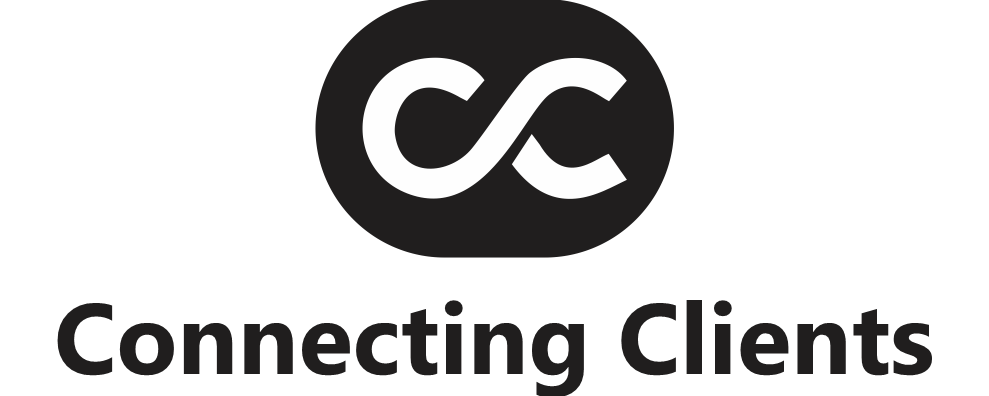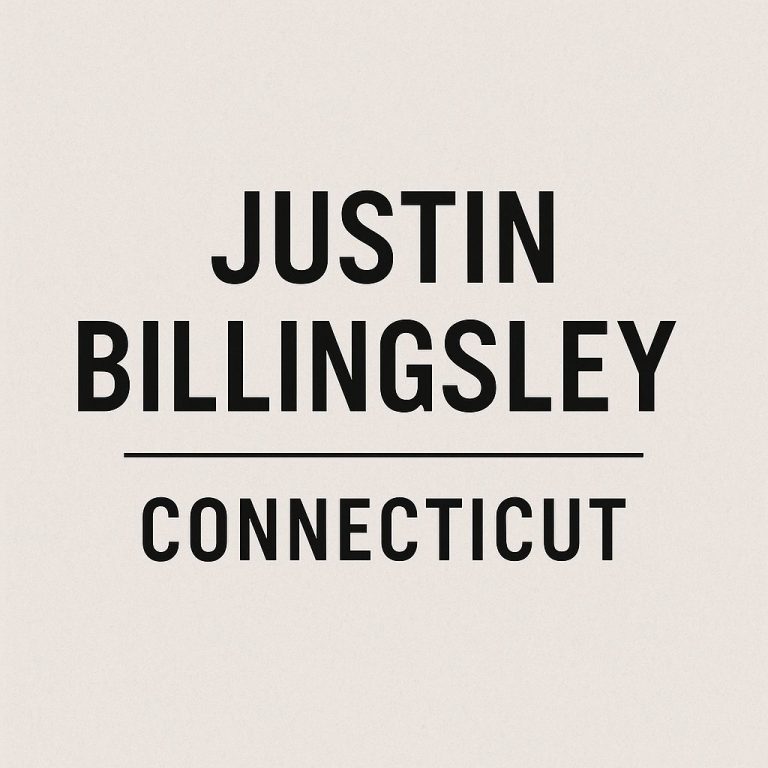Why Today’s Web Design Firms Are Going Remote-But Staying Local
The shift to remote work has changed how nearly every professional service operates—including web design. But while many agencies have embraced fully distributed teams, a new model is emerging that blends remote efficiency with local expertise. And for small businesses, that hybrid approach might just be the best of both worlds.
Today’s web design firms are increasingly composed of remote teams, yet intentionally pair clients with designers or strategists who live and work in the same city or region. The benefit? These professionals bring on-the-ground context—the kind that can’t be Googled or guessed.
Take a business owner in Seattle looking to improve their online presence. A designer based in Seattle is more likely to understand the subtle differences between neighborhoods like Capitol Hill, Ballard, or Georgetown. They’ll know that an audience in Fremont skews different from one in West Seattle. They’ll also understand the local landmarks, transportation patterns, and even weather cues that can shape how a website feels to its target audience.
It’s a level of nuance that can make a small business’s site feel like it belongs—like it was built by someone who gets the community it’s serving.
This is especially valuable for industries where location matters deeply, such as:
- Restaurants and cafes
- Local service providers (e.g., plumbers, landscapers, stylists)
- Boutiques and specialty retail
- Professional services with regional clientele (e.g., law firms, therapists)
Local designers are also more in tune with how people search for and find businesses in their area. For example, someone in San Francisco might search for “best Mission District brunch spot,” while someone in a smaller suburb may be more general. Understanding these patterns means smarter SEO, better content strategy, and more relevant call-to-actions.
In practical terms, having a designer nearby also means:
- On-site visits are faster and easier
- If a business needs new photos or wants someone to walk through the space before launching a site, that becomes simple when the designer is a 15-minute drive away.
- Better alignment during the discovery phase
- Local pros can speak the language of the community and help the client articulate their brand within that context.
- Community-minded storytelling
- Designers who live in the area are more likely to reference local events, media, or initiatives that help build trust with prospective customers.
Of course, not every part of a web project needs to be done locally—and that’s where the remote model shines. Design firms can keep overhead low by using remote developers, support staff, or marketing partners, while still offering that high-touch, local experience during the phases where it really matters.
The structure also benefits freelancers and creative professionals who want flexibility but still care about community. A web designer living in San Francisco, for example, can work from home or a co-working space, but still meet up with clients in the Richmond or SOMA districts without needing to coordinate cross-country schedules or time zones.
Ultimately, this model is about balance. It acknowledges that good web design is about more than pixels and code—it’s about understanding the people behind the business and the community they’re trying to serve.
As small businesses continue to compete for attention online, this hyper-local approach to digital design may be one of the smartest ways to stand out. It’s not just about hiring a great designer—it’s about hiring the right designer for your neighborhood.







